“Hearst Magazines and Yahoo may earn commission or revenue on some items through these links.”
While pimples on your face win the award for being the most annoying (like that bout of chin acne that decided to show up the day of a big presentation), acne anywhere on your body can be a downer—your butt included.
But before you panic, you might find some solace in knowing that those red or puss-filled bumps on your skin may not actually be acne—at least not the same kind that form on your face. “Butt acne is usually not true acne, but rather folliculitis, which is a mild infection of the hair follicle that leads to red bumps and pus pimples,” explains Joshua Zeichner, MD, director of cosmetic and clinical research in dermatology at Mount Sinai in New York City.
Meet the experts: Joshua Zeichner, MD is the director of cosmetic and clinical research in dermatology at Mount Sinai in New York City. Gary Goldenberg, MD is the assistant clinical professor of dermatology at the Icahn School of Medicine at Mount Sinai Hospital. Heather Woolery-Lloyd, MD is a board-certified dermatologist and director of the Skin of the Color Division for the University of Miami Department of Dermatology. Mona Gohara, MD is an associate clinical professor of dermatology at Yale University and a member of the Women’s Health advisory board.
Now that you know that those bumps on your other cheeks probably aren’t zits, it’s time to learn how to handle buttne for a smooth, blemish-free booty. Whether your looking for a product-based treatment or you love a natural solution, here are some dermatologist-approved smooth moves.
How to get rid of butt acne.
There are few simple things you can do right in your own bathroom that will help prevent pesky buttne. They include…
Showering after exercising
Yep, sometimes something as simple as taking a quick shower after your sweat sesh can be an easy (and natural) solve to avoiding pesky bumps. “Showering immediately after a workout can help remove sweat, oil, and dirt that accumulate on the surface of the skin,” says Dr. Zeichner.
Always wearing undies
If you usually prefer to go commando, you may want to consider rethinking your position. “Underwear is a choice, but often the friction of the fabric from your favorite yoga pants can cause little breakouts,” says Mona Gohara, MD, a member of the Women’s Health advisory board and associate clinical professor of dermatology at Yale University. Moisture-wicking underwear, in particular, can be helpful since materials like polyester, nylon, bamboo, and wool pull sweat (and the bacteria that comes with it) away from your skin.
Using antibacterial soap
Dr. Woolery-Lloyd recommends CLn Body Wash, which was developed by a physician and packs sodium hypochlorite to kill bacteria. If your bum is sensitive and can’t tolerate a tough cleanser, she suggests Dove Antibacterial Wash.
Sudsing up with benzoyl peroxide
Try targeting your booty with a benzoyl peroxide product like a body wash or cleanser. The ingredient is effective in treating both acne and folliculitis because of its antimicrobial properties. “Sing the full alphabet once you’ve applied the product so it can sit on the skin long enough to do its job, then rinse it off,” advises Dr. Zeichner. (FYI: BP can bleach colored fabrics, so be sure to rinse thoroughly and use white towels!)
Moisturizing daily
This step is a must, especially if you’re using benzoyl peroxide-based products. Opt for moisturizers that have soothing, pH-friendly ingredients to keep bacteria away and promote clear skin. Miami Beach Bum founder and ocean sports lover Ayssa DiPietro dealt with butt acne from basically living in a wetsuit. To clear her skin, she uses a lotion that uses an aloe base to restore the acid mantle of your skin and oregano to kill bacteria and balance your skin’s ecosystem. Di Pietro told WH she uses it once a day after she showers, and it keeps everything from her back to her cheeks clear and smooth.
Unclogging pores
You can also combat your butt breakouts with a salicylic acid acne treatment. This form of beta hydroxy acid (BHA) can help remove excess oils and exfoliate dead skin cells so they don’t get trapped in your pores and follicles (which is how buttne starts). Apply this after you shower.
Brightening dark marks
These ingredients do double duty. Glycolic acid fights acne by helping the skin shed dead skin cells and excess oil that clog pores, while azelaic acid kills acne-causing bacteria. “Both have the benefit of brightening dark spots, which may develop after pimples or folliculitis go away,” says Dr. Zeichner. You can also have your doctor prescribe 15-20% azelaic acid, or grab some OTC that isn’t as strong, according to Dr. Woolery-Lloyd.
Shaving the right way
Yes, some people shave their butt. Besides it’s an easy fix, so why not! “Shave in the direction of the grain of the hair instead of against it,” says Dr. Gohara. “And use ample shaving cream as well as a lubricant [to avoid irritation].”
BodyWash

amazon.com
$36.00 at amazon.com
Beauty Bar Antibacterial

walgreens.com
$10.00 at walgreens.com
Acne Foaming Cream Cleanser

amazon.com
$13.59 at amazon.com
Bum + Body Cream Mint

miamibeachbum.com
$38.00 at miamibeachbum.com
Goodbye Acne Max Complexion Correction Pads

sephora.com
$48.00 at sephora.com
Resurface+ Glycolic and Lactic Acid Renewing Body Scrub

sephora.com
$32.00 at sephora.com
Why am I getting acne on my butt?
As. Dr. Zeichner explained, buttne is usually caused by a combination of clogged hair follicles and a bacterial infection. Most of the time, it’s the formers that’s the real problem, says Gary Goldenberg, MD, assistant clinical professor of dermatology at the Icahn School of Medicine at Mount Sinai Hospital. Below are a few reasons you might end up with butt bumps. Warning: They can range from gross to “wait, seriously?”
-
Hormones: Even though other factors can contribute or exacerbate the overgrowth of bacteria that can lead to inflamed hair follicles, also known as folliculitis, hormones can still play major role, says Heather Woolery-Lloyd, MD, a board-certified dermatologist. “Hormonal changes like your menstrual cycle can make the lining of the follicles more sticky and lead to clogged pores and pimples,” she says. “Androgens are the hormones that are most likely to do this.”
-
Keeping your wet, sweaty clothes on after you’ve hit the gym: Your sweat can dry over your pores and block them, trapping dirt and dust and leaving bumps in their wake.
-
Sitting too much: Folliculitis is often caused by friction or irritation. And too much booty-to-chair time can make things worse, thanks to the pressure from sitting.
-
Not changing your undies daily: Not-fresh underwear puts acne-promoting dirt, sweat, and oil up close and personal with your skin.
-
Wearing tight-fitting clothes: Yup, your go-to leggings can actually influence whether you get butt acne. Tight-fitting clothes not only cause friction against your skin but also trap sweat and oil, making them more likely to block those hair follicles.
-
Living in your swimsuit: Noticing more butt acne in the summer? Guess what else is tight, wet, and basically your underwear? Yup, a wet suit is the perfect recipe for butt acne.
How to prevent butt acne.
First, make sure to put on a new pair of underwear every day (kind of a “duh,” but important). Also, since damp swimwear and sweaty workout clothes are two common causes, make sure to change into a dry swimsuit or fresh threads ASAP (hop in the shower after exercising, while you’re at it). If you don’t have time for a full shower, do a quick cleanse to get rid of bacteria and sweat with a wipe.
Lastly, “if your job requires a lot of sitting, make an effort to stand up more frequently,” says Dr. Gohara. That can help to relieve some of the friction and irritation that may lead to folliculitis.
When to see a doctor.
If at-home solutions aren’t doing the trick, it might be time to consult a pro. Your derm might suggest trying topical antibiotics like clydomycin and azithromycin lotion and, in more severe cases, antibiotics by mouth, says Dr. Woolery-Lloyd.
You Might Also Like
#Bumps #Butt #Arent #AcneHeres #Treat #Dermatologists

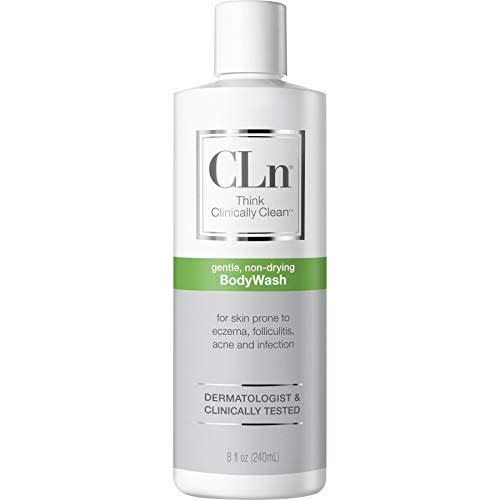

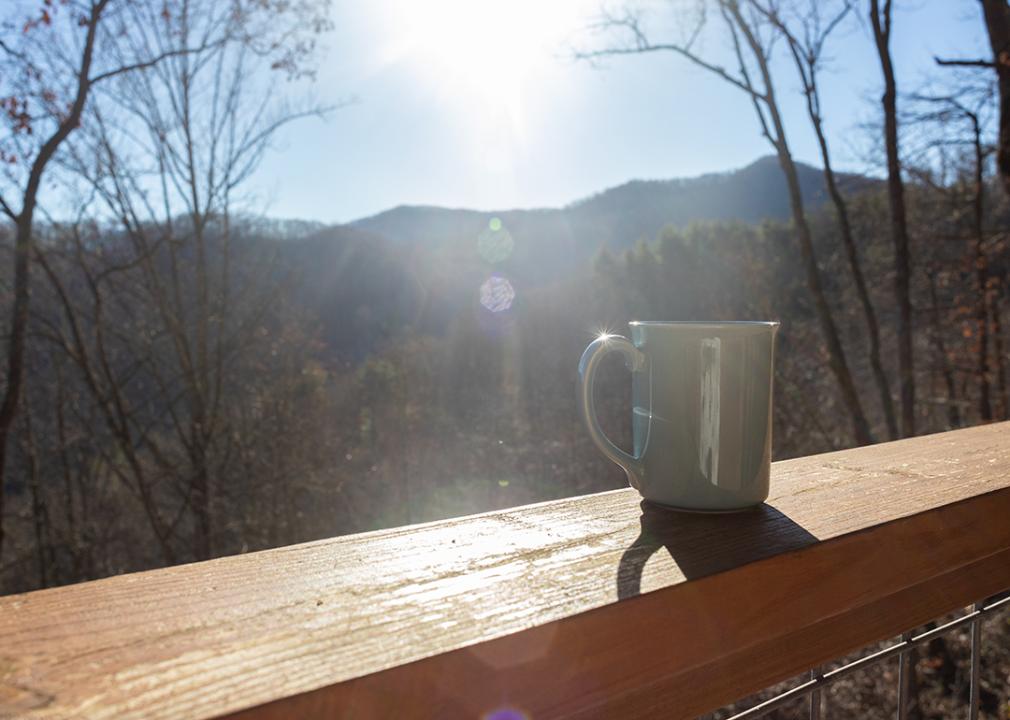

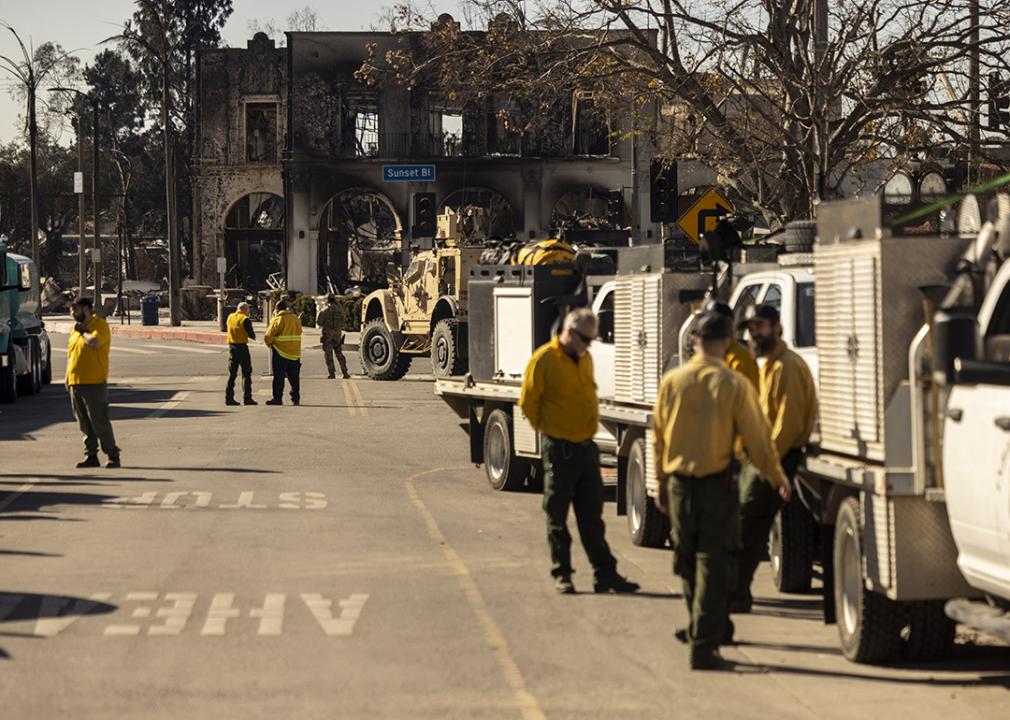
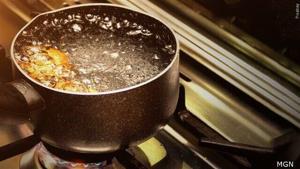
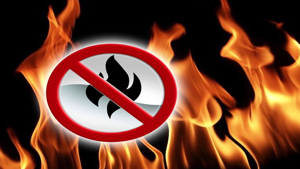
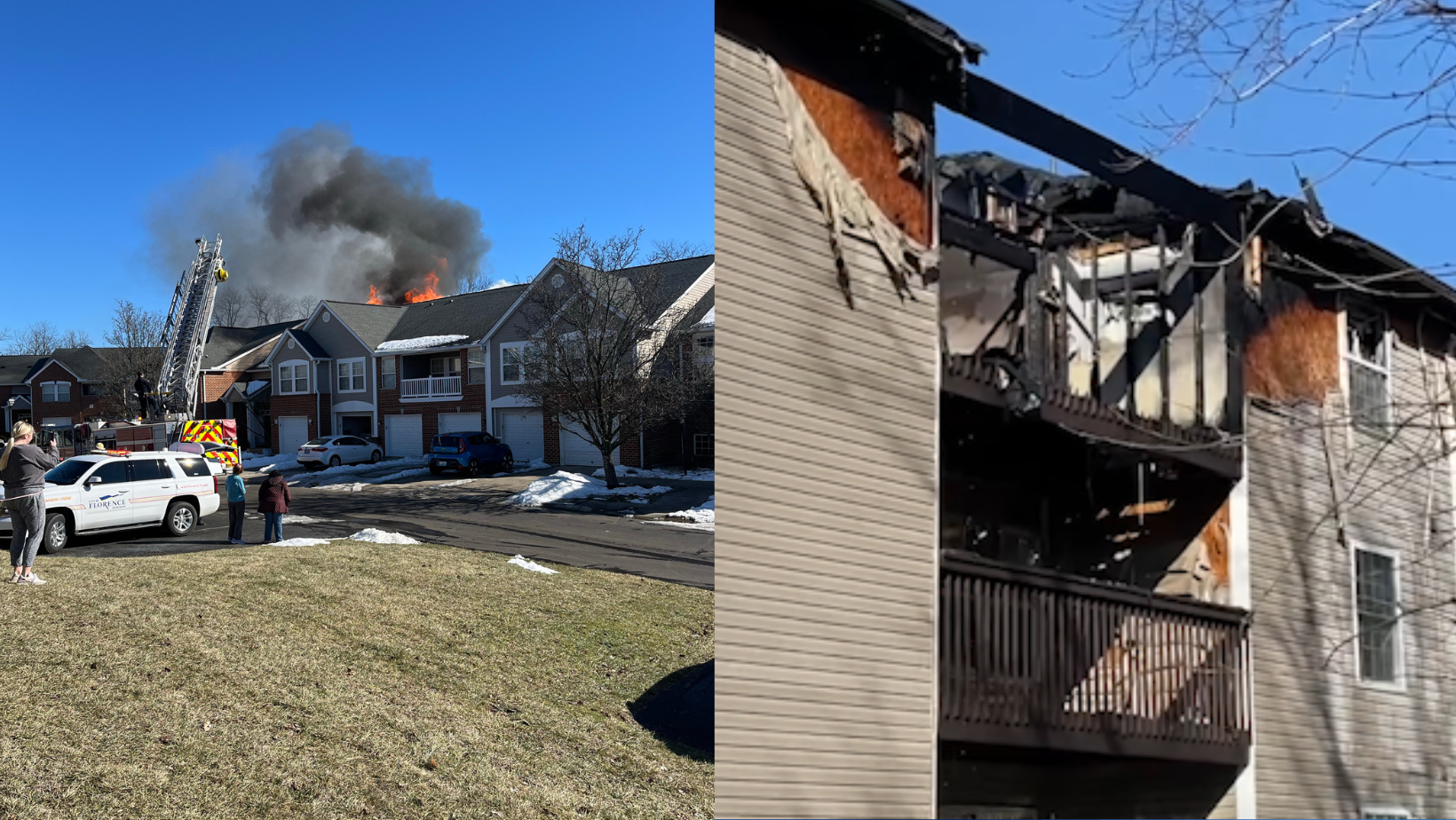
Leave a Reply